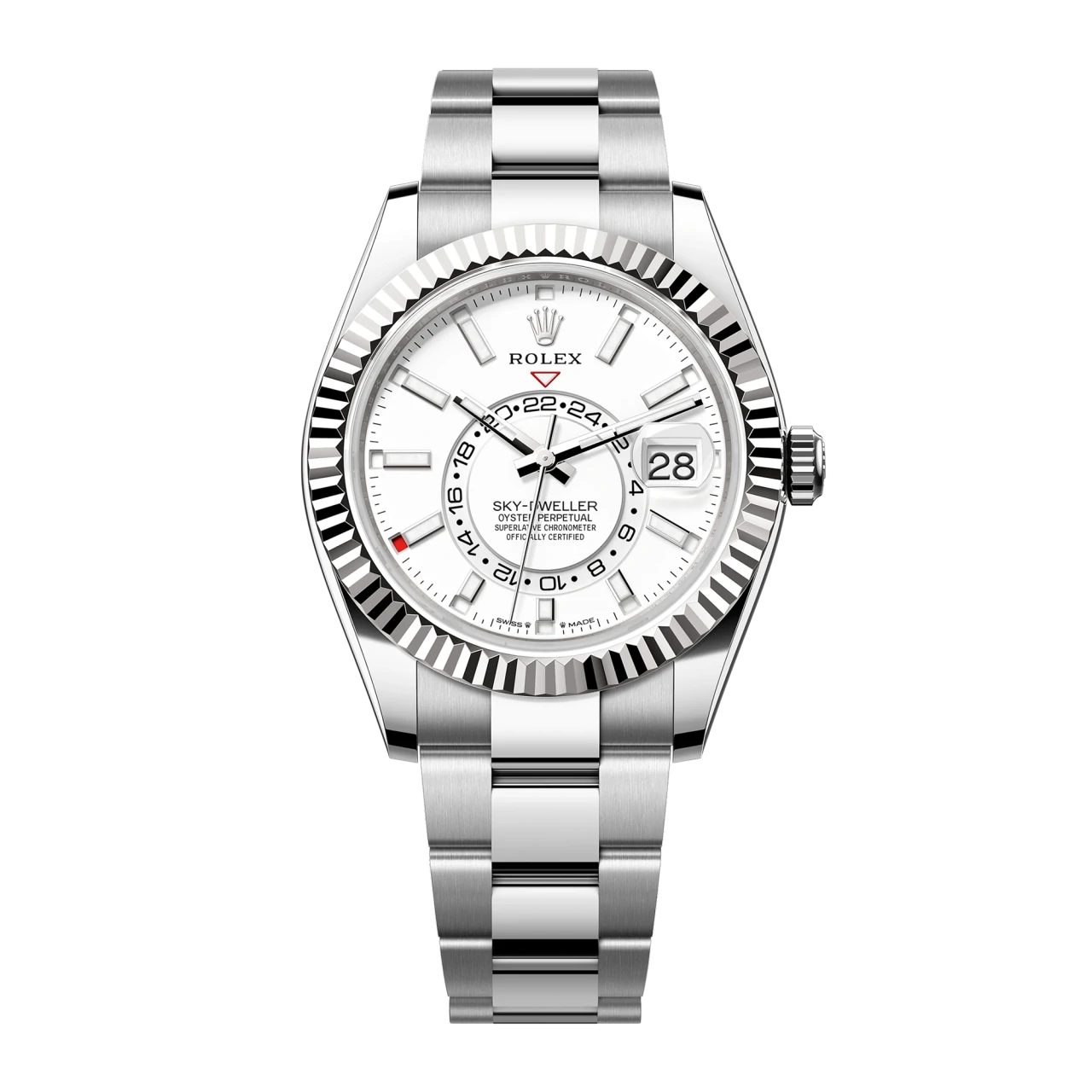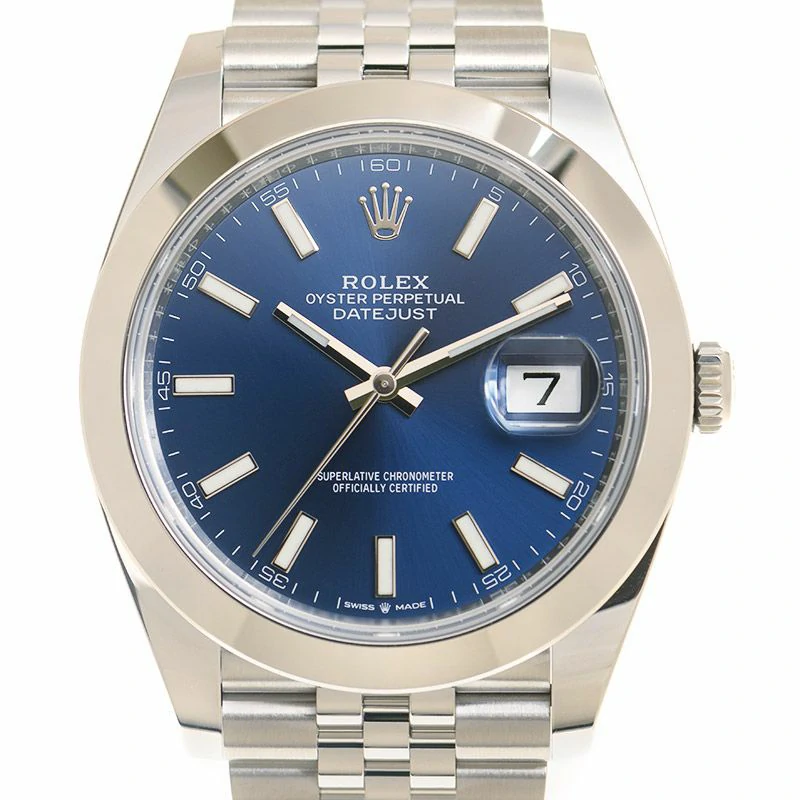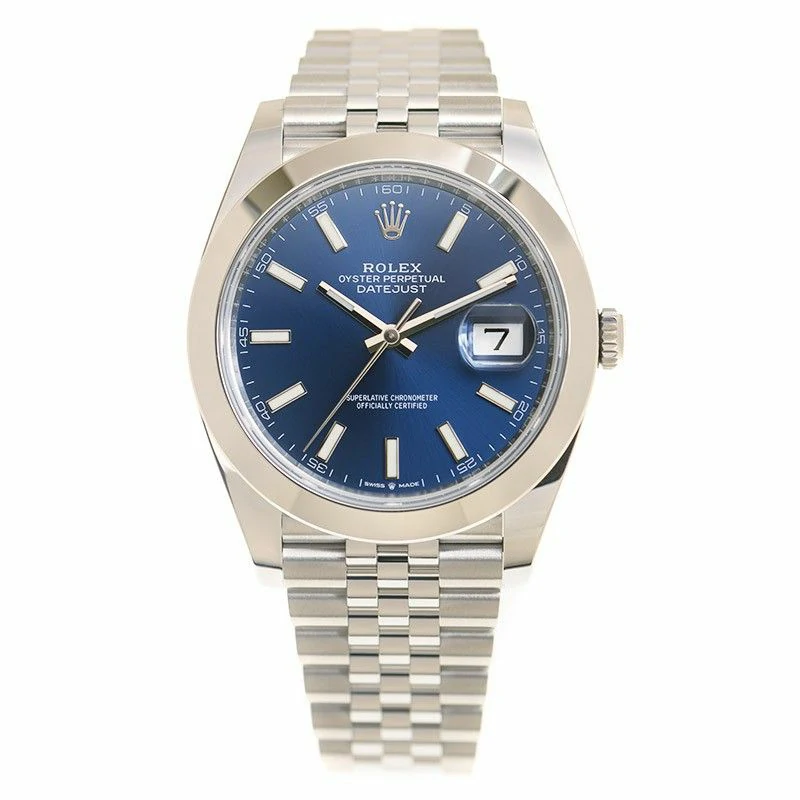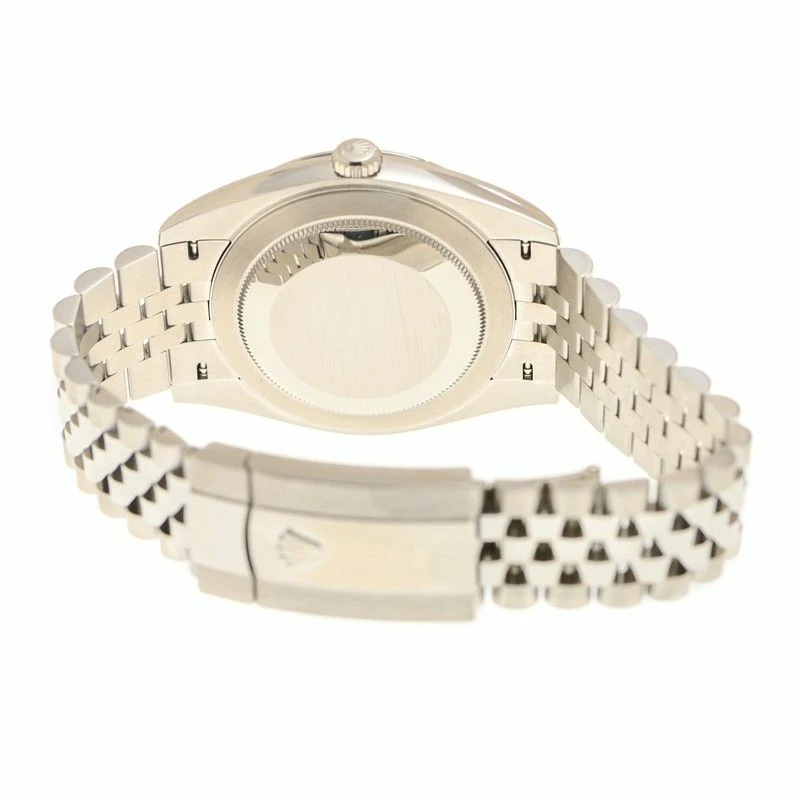
Is Tudor’s New Black Bay a More Compelling Choice Than the Rolex Submariner?
Tudor and Rolex share a family lineage, yet since Tudor’s resurgence over a decade ago, the brand has carefully carved its own identity, avoiding direct competition with iconic Rolex models. The Black Bay 36, for instance, offers a dive-style layout with distinctive snowflake hands, distinguishing it from the classic Oyster Perpetual’s refined stick hands.

Some enthusiasts have compared the Black Bay 36 to the replica Rolex Explorer, but even that connection feels tenuous, as Tudor’s design is unique enough to cater to different preferences. As my colleague Mike Stockton aptly put it, it’s “like a comfy pair of jeans” – familiar yet distinct.
While Tudor has explored bold designs, such as the North Flag – which, despite its intriguing aesthetic, didn’t achieve commercial success – the brand has predominantly focused on vintage-inspired models reminiscent of Rolex classics. The recent Black Bay 58 GMT, for example, closely mirrors the Rolex “Coke.”

I recently handled the new Black Bay, dubbed the “Monochrome,” alongside a Rolex Submariner. This encounter revealed an intriguing comparison. While both watches are straightforward in design, their appeal lies in their subtleties. The Rolex in question was the Submariner ref. 114060, the first of the Maxi-case variants, chosen for its relative accessibility compared to current models.
When we previously pitted the Tudor Black Bay against the Rolex Submariner in a poll, 58% favored the Rolex, with arguments highlighting the Submariner’s superior technical specifications, such as its ceramic bezel and advanced movement. However, my focus shifts away from specifications. For me, the wrist experience and usability are paramount.
The clone Rolex Submariner features a 904L stainless steel case with a diameter of 40mm and a thickness of 12.5mm, while Tudor’s Black Bay, made of 316L stainless steel, measures 41mm and is 13.6mm thick. Despite my smaller wrists, I found myself more comfortable with the Tudor. Its case design allows it to hug the wrist more securely, unlike the Submariner, which tends to float.
This contrast stems from the Tudor’s refined case back design, which promotes a snug fit, while the broad lugs of the Maxi-case Submariner give it a bulkier presence. This perception of bulkiness can be off-putting for some, including myself.

Moreover, the Black Bay’s aluminum bezel, while technically less durable than the Submariner’s Cerachrom bezel, offers a more practical and less reflective experience, particularly in bright conditions. This functionality enhances the Tudor’s appeal in everyday wear.
Rolex has continually evolved the Submariner, maintaining its core identity while embracing technical advancements. However, this evolution has resulted in a flashier design, straying from the original’s understated charm. Tudor, on the other hand, strikes a balance between aesthetic integrity and technical growth. Its latest Black Bay features a METAS-certified Master Chronometer movement, which offers impressive accuracy and antimagnetic properties – all at a significantly lower price point than the Submariner.
While some dismiss Tudor as the “poor man’s Rolex,” this perception overlooks the brand’s rich heritage and accessibility. Personally, I find the Tudor Black Bay to be a more enjoyable watch to wear and experience compared to the Maxi-case Rolex Submariner. Although the Submariner may excel in technical specifications, the subjective enjoyment and confidence that the Tudor inspires cannot be understated. In the world of horology, the emotional connection to a replica watch often outweighs mere numbers.